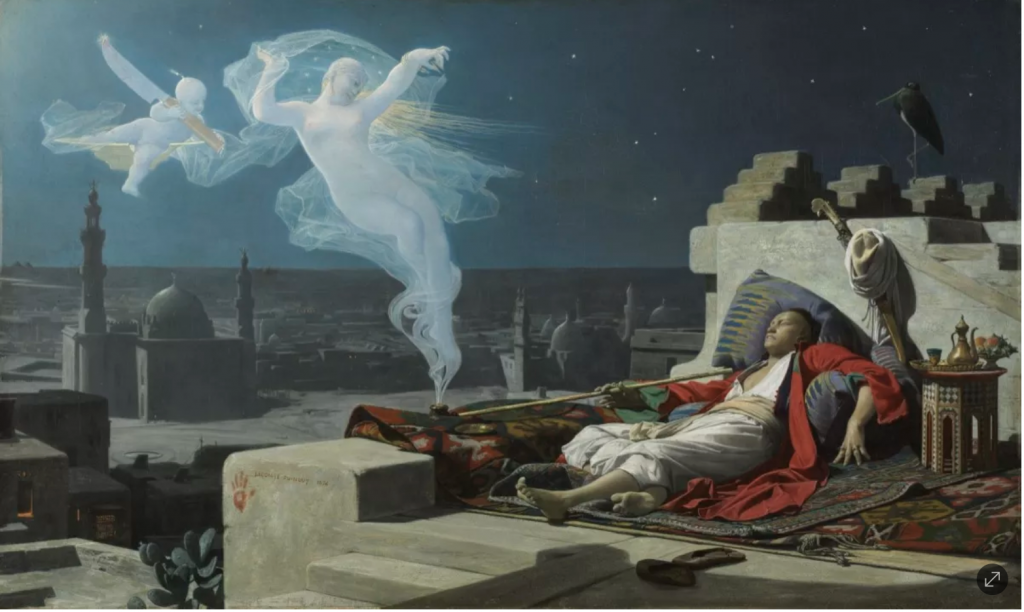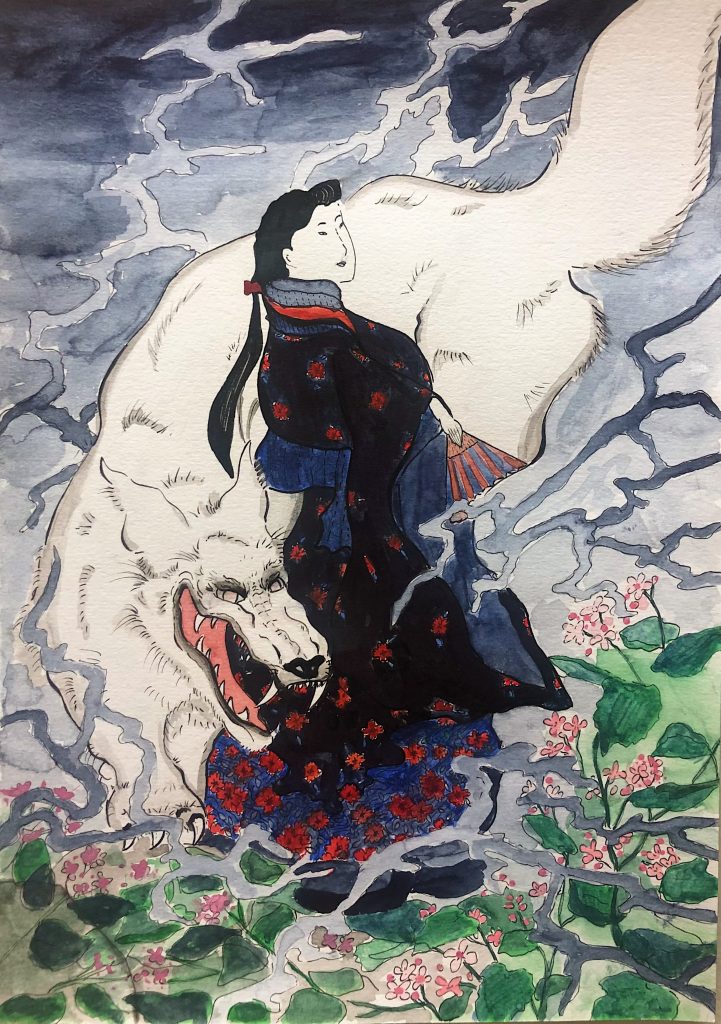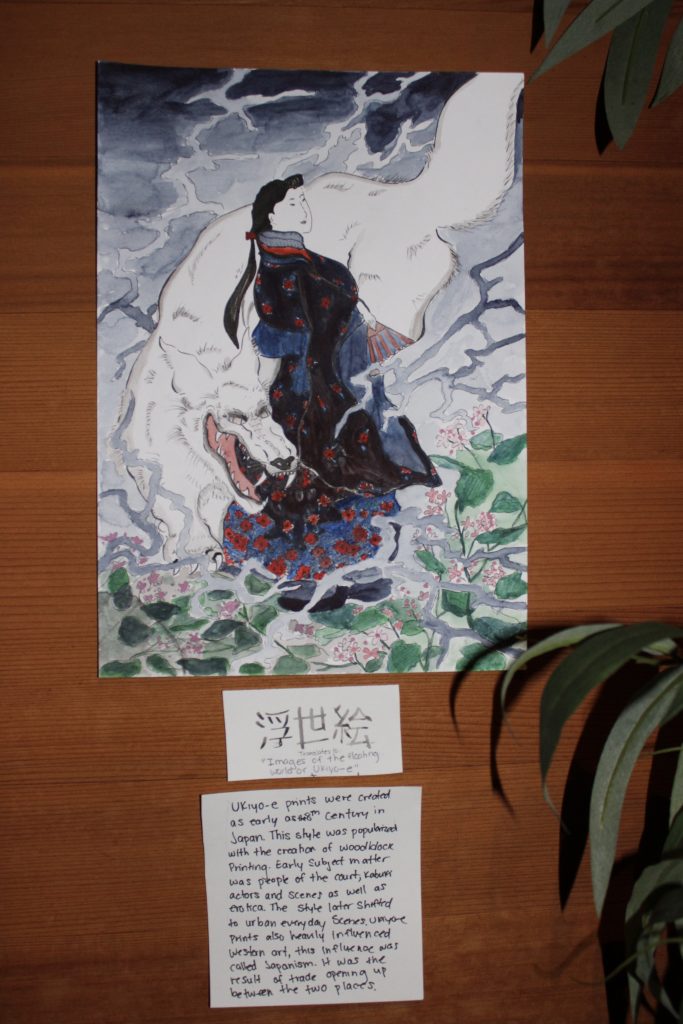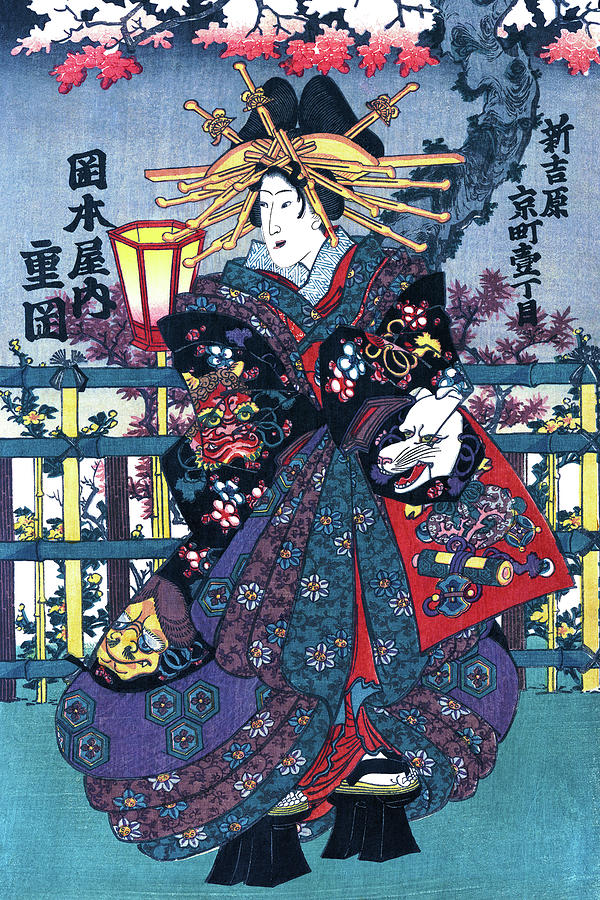Zdzislaw Beksinski was a Polish surrealist painter. He was born in Sanok in 1929. He is most known for his surreal and dystopian imagery (Artnet,n.d).
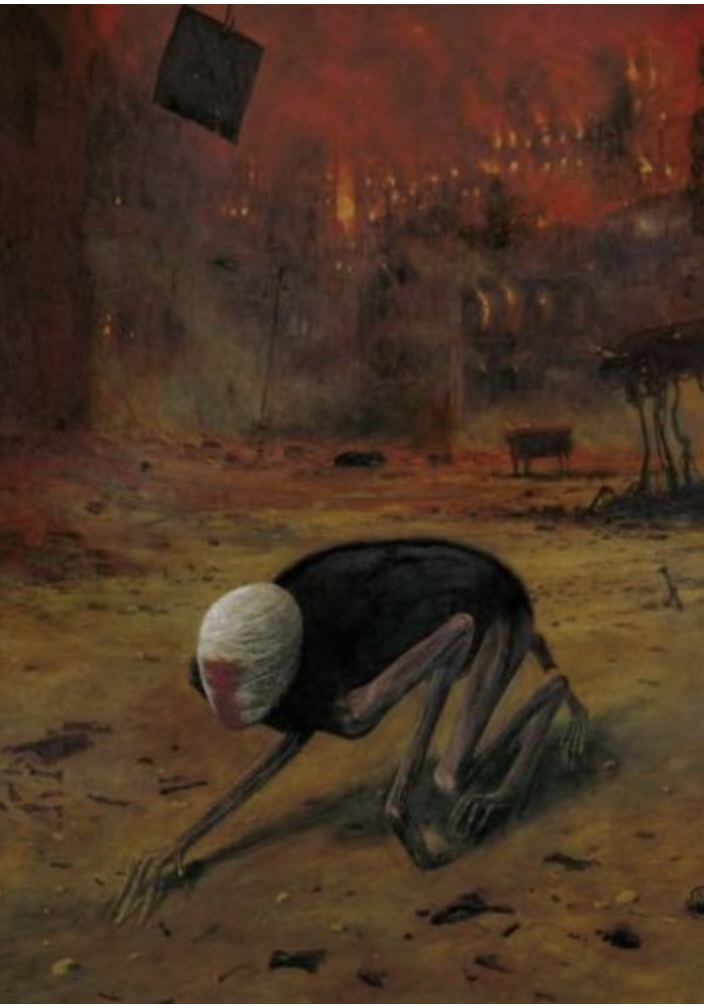
He had no formal art training and initially studied architecture. He began his artistic career creating sculptures and working on photography. He then used his photography to venture into painting. He used his photography as a tool and base for his paintings (Culture Trip,n.d). His life and artistic career ended abruptly and tragically when he was stabbed to death by a teenager when he refused to give them money (Culture Trip,n.d).

His work shows immense care for mood and tone. His work has an otherworldly nature to it. All of his pieces are painted so well that the scenes seem real. He has said that he paints as if he was photographing his dreams (Culture, n.d). This surreal and dreamlike trance he creates with paint is beautifully eerie. He is able to create an ambiance in his work, it draws the viewer in. Some of his work is able to give you the feeling that you’ve found something that you shouldn’t have. They all have a slightly unsettling undertone to them which makes them all the more intriguing.

I am very interested in surrealist paintings. I love horror, sci-fi, and fantastical elements. I like looking at something that is only available in the mind of someone else. Meaning that Beksinski is offering an insight into his mind – what he sees and imagines he’s able to share with us on canvas. The scenes and objects he creates are unique to him, no one else would be able to create the same piece. They are so unsettling that they draw you in further, you notice more and more elements in each piece. I’ve looked at the pieces I’ve chosen many times but everytime I find a new detail or shape that he’s hidden in his work.
Images from
https://www.paidsohostw.com/index.php?main_page=product_info&products_id=132286
Artnet. 2021. Zdzisław Beksiński. [online] Available at: <http://www.artnet.com/artists/zdzislaw-beksinski/> [Accessed 24 November 2021].
Culture Trip. 2021. [online] Available at: <https://theculturetrip.com/europe/poland/articles/the-tragic-story-of-zdzislaw-beksinski-the-artist-who-inspired-guillermo-del-toro/> [Accessed 24 November 2021].

